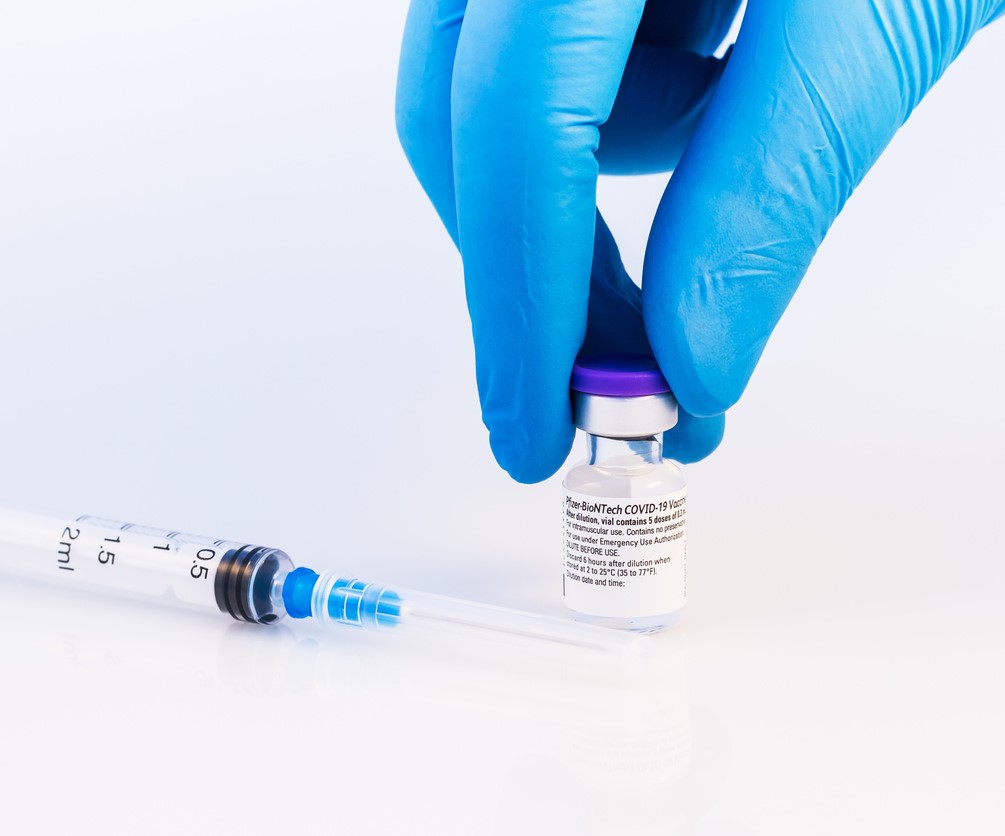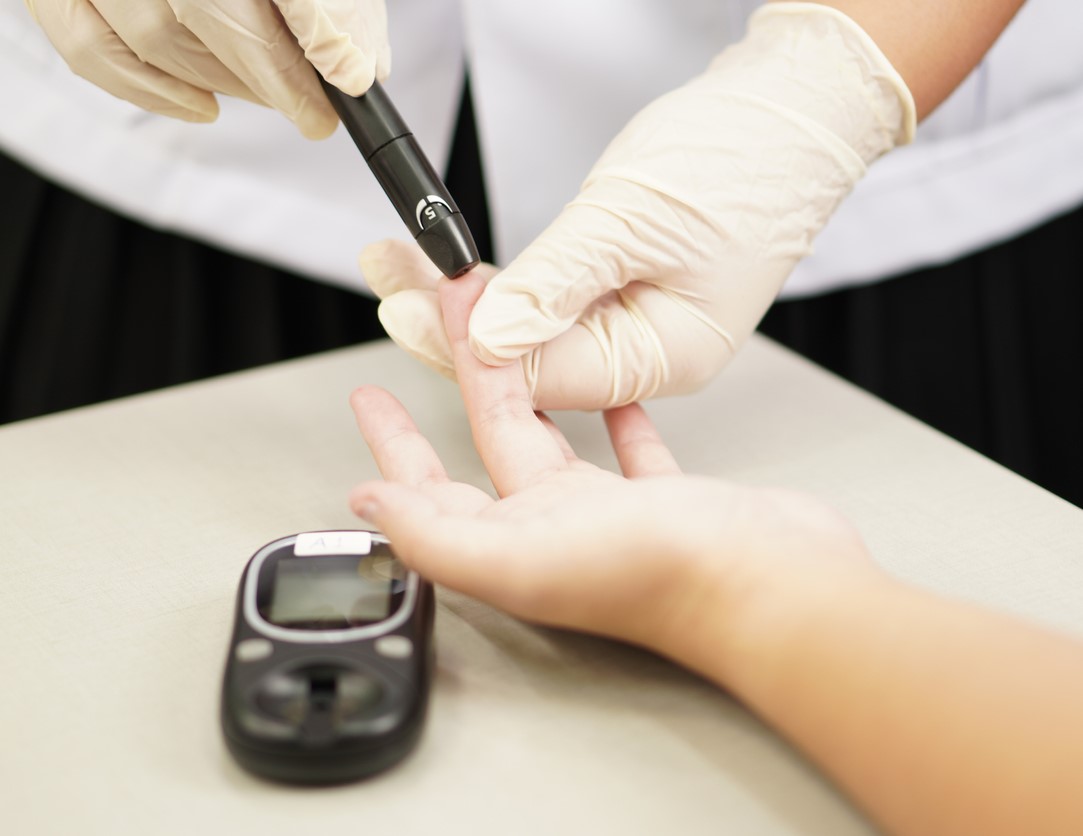A randomized controlled trial in Vietnam found that use of point-of-care C-reactive protein (CRP) testing reduced antibiotic prescribing in patients with non-severe acute respiratory infections, researchers reported yesterday in The Lancet Infectious Diseases.
In the cluster-randomized trial, conducted from June 2020 through May 2021, 48 community health centers in Vietnam were randomly allocated to provide point-of-care CRP testing plus routine care (the intervention group) or routine care only (the control group). Point-of-care testing for CRP, a biomarker for inflammation that is secreted by the liver in response to bacterial infection, has been found to reduce antibiotic prescribing for non-severe respiratory infections in high-income settings, but the authors note that most of those studies have been performed in a research-oriented context and not in a routine care setting.
The primary end point in the trial was the proportion of patients prescribed an antibiotic at first attendance for a suspected acute respiratory tract infection in the intention-to-treat population.
In the intention-to-treat analysis, 17,345 (93.1%) of 18,621 patients in the intervention group and 20,860 (98.2%) of 21,235 patients in the control group received an antibiotic at their initial visit (adjusted relative risk [aRR], 0.83; 95% confidence interval [CI], 0.66 to 0.93). But only 14% of patients underwent CRP testing in the per-protocol analysis. When the analysis was restricted to this population, larger reductions in prescribing were observed (aRR, 0.64; 95% CI, 0.60 to 0.70). Time to resolution of symptoms (hazard ratio, 0.70; 95% CI, 0.39 to 1.27) and frequency of hospitalization (nine in the intervention group vs 17 in the control group; aRR, 0.52; 95% CI, 0.23 to 1.17) did not differ between groups.
Further work investigating the potential for a more comprehensive antimicrobial stewardship intervention combining education and CRP testing in this population is needed.
The study authors say that while their findings support the case for use of CRP testing for acute respiratory infections in low- and middle-income countries, the low uptake suggests scale-up efforts need to consider and address barriers to implementation.
"Furthermore, given the small population effect achieved in the study, further work investigating the potential for a more comprehensive antimicrobial stewardship intervention combining education and CRP testing in this population is needed," they wrote.
 A US
A US  A
A 
 An analysis of patients with uncomplicated urinary tract infections (uUTIs) in a large US healthcare network found a slight decrease in multidrug-resistant uropathogenic Escherichia coli (UPEC), researchers reported today in Open Forum Infectious Diseases.
An analysis of patients with uncomplicated urinary tract infections (uUTIs) in a large US healthcare network found a slight decrease in multidrug-resistant uropathogenic Escherichia coli (UPEC), researchers reported today in Open Forum Infectious Diseases.












